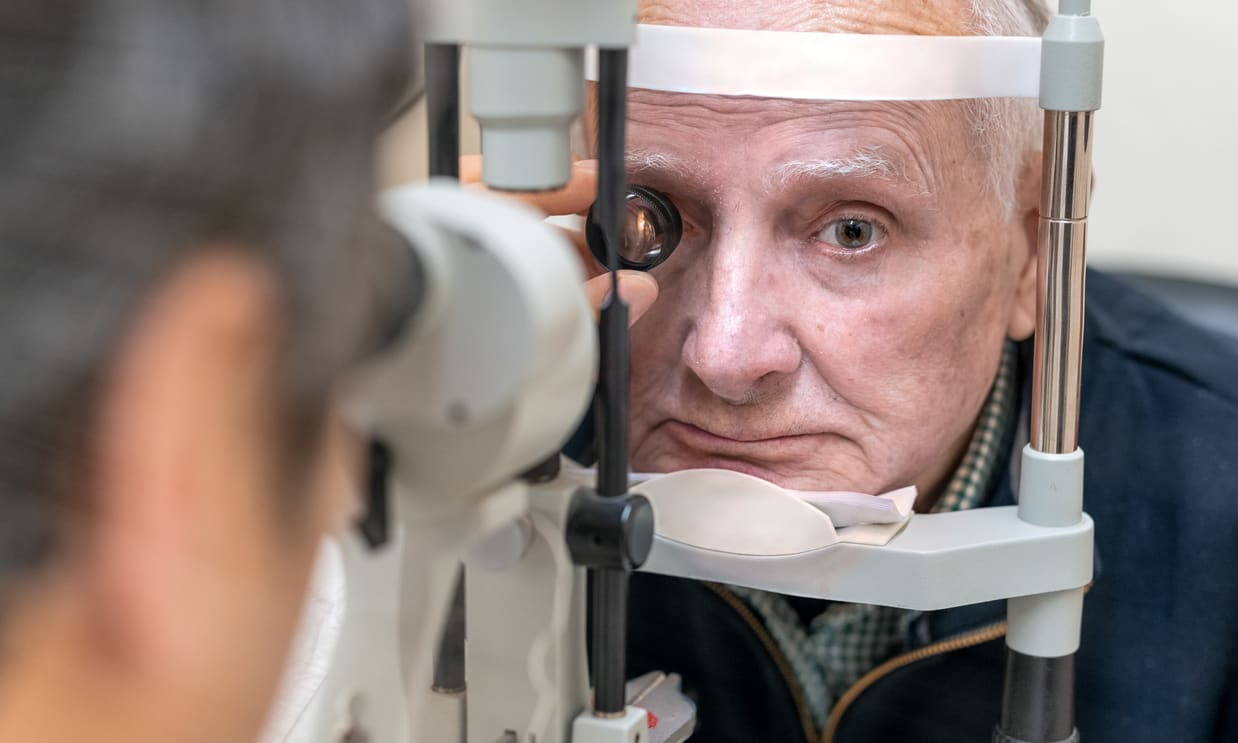The Intricacies of Modern Human Connection in a Digitally Dominant World
In an era where technology pervades our daily lives, how we connect and interact is undergoing a significant transformation. The impact of digital technology on human relationships is a complex and multifaceted issue, presenting both challenges and opportunities. Read below to delve into the intricacies of modern human connection in our digitally dominant world.

The Historical Context: From Face-to-Face to Screen-to-Screen
In the not-so-distant past, human connection was primarily face-to-face. Social interactions occurred in person, within a shared physical space. However, the advent of the internet and the subsequent proliferation of social media and digital communication platforms have dramatically altered the way we interact.
The Digital Shift: A New Paradigm of Connection
Today, we live in an age of digital connectivity. Social media platforms, chat applications, video conferencing tools, and various other digital communication platforms have become integral to our social lives. This shift has implications for our social behaviors, the formation of our identities, and the nature of our relationships.
The Societal Implications: Unpacking the Effects
The digital shift in human connection has profound societal implications. On one hand, digital technology enables us to maintain relationships across vast distances, broadening our social horizons. On the other hand, this shift has also sparked concerns about the quality of these digital connections and the potential for isolation and alienation.
The Modern Debate: Pros and Cons of Digital Connection
The debate on the impact of digital technology on human connection is ongoing. Proponents argue that it has democratized communication, making it easier for individuals to connect regardless of geographical constraints. Critics, however, point to the potential negative impacts on mental health, the quality of relationships, and the erosion of face-to-face social skills.
Looking Ahead: Shaping the Future of Human Connection
As we continue to navigate this digital age, it is critical to consider how we can shape the future of human connection in a way that harnesses the potential of digital technology while mitigating its potential drawbacks. This involves continually reassessing our relationship with technology and striving for a balance that promotes meaningful, quality connections.
In conclusion, the intersection of technology and human connection is a rich and complex area of exploration. As we continue to grapple with the ramifications of this digital revolution, it is vital that we remain open to ongoing dialogue and informed by research to ensure a balanced perspective on this critical issue.




